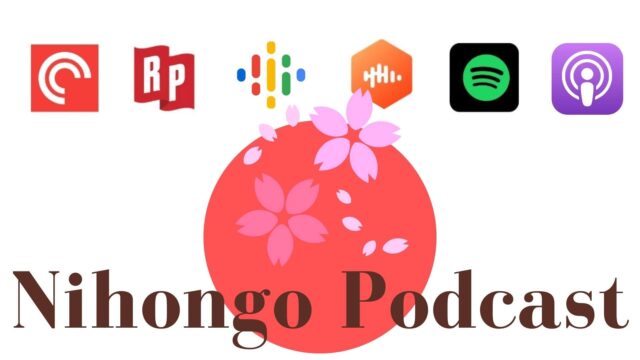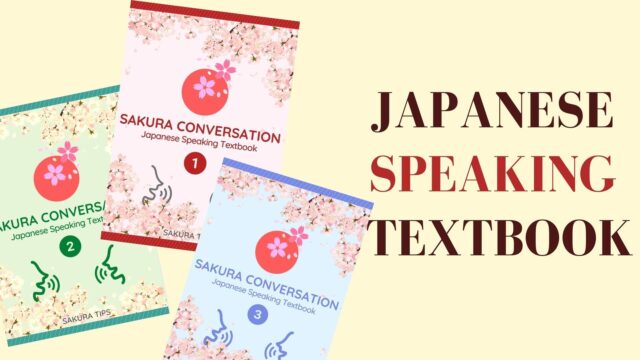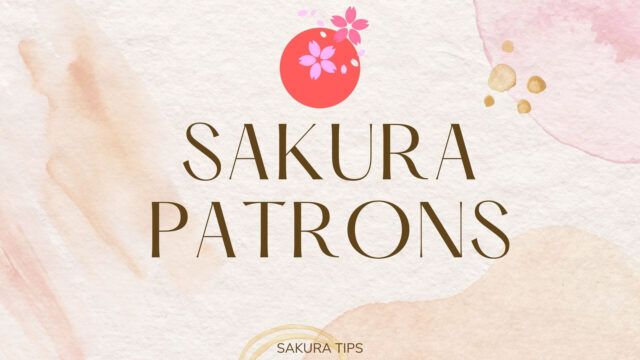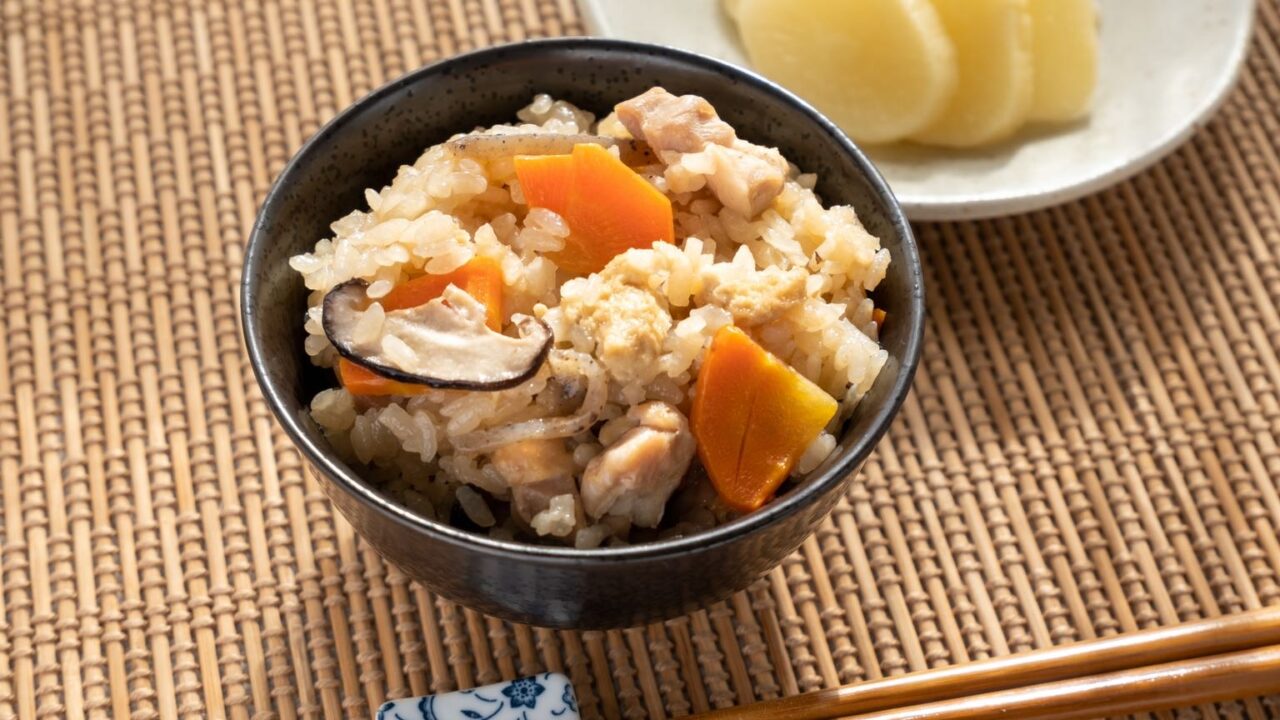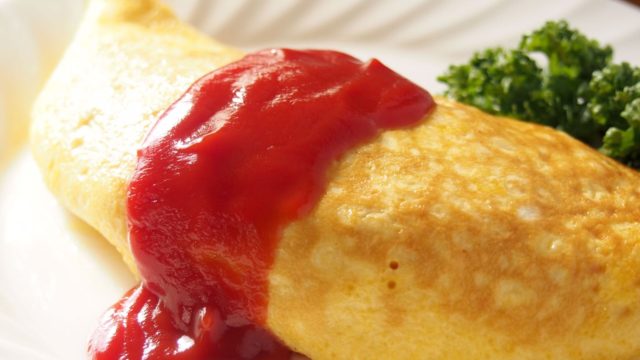In October 2013, UNESCO registered Japanese food (Washoku) as an intangible cultural heritage.
These days, more and more people are enjoying Japanese food, not only in Japan, but all over the world.
Many of you may have eaten sushi, ramen, and tempura, but there are many delicious home-cooked dishes in Japan which you might not easily find in restaurants.
In this article, I’ll introduce 10 typical Japanese home cooked meals that Japanese people like.
1) Nikujaga
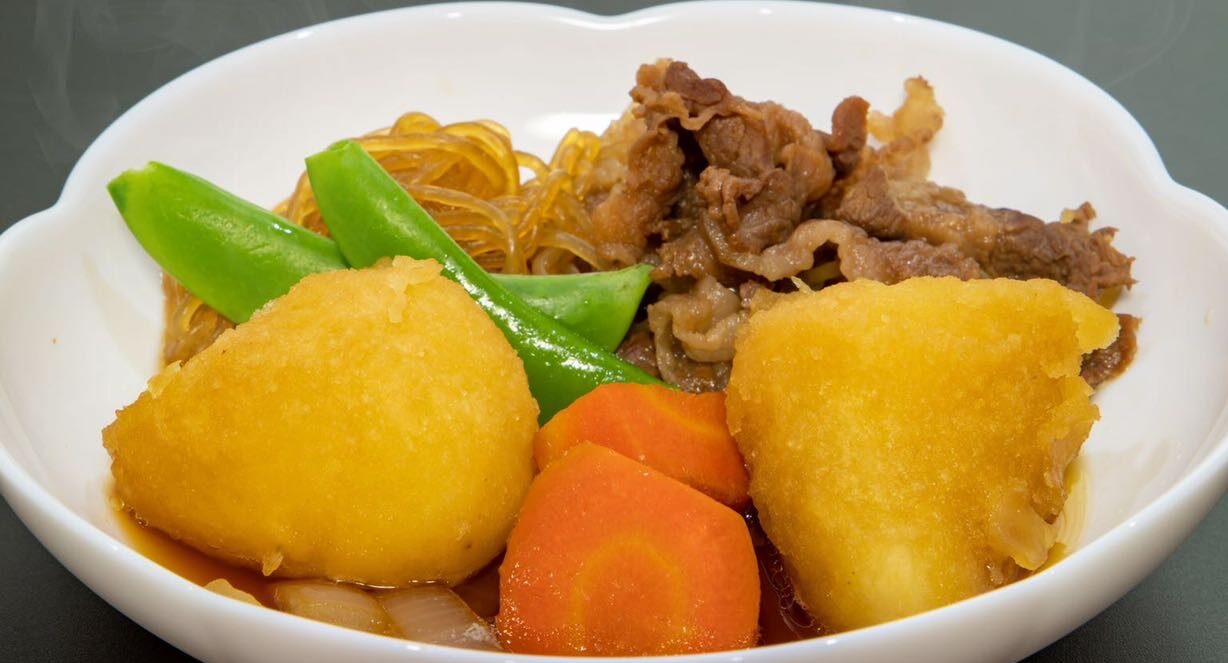
Nikujaga is a Japanese dish made by stewing meat and vegetables.
It is one of the most common Japanese home cooked meals, so it is referred to as “the taste of Japan’s mother”.
It is said that the dish was created when Heihachiro Togo, a naval commander who had studied in England, ordered the head chef of a warship to recreate the local beef stew that he had in England.
He only gave the chef meat and potatoes and explained it as much as he remembered.
The head chef didn’t know what the demi-glace sauce for beef stew was, so he used the ingredients, meat, potatoes and carrots, and seasoned it with just soy sauce and sugar to complete the dish.
The beef stew could not be recreated, but it became so popular among the military that it gradually became a home-style dish.
- Ingredients:
potatoes, beef, carrots, onions and shirataki (gelatin made from konnyaku potatoes). - Seasoning:
soy sauce, sake, sugar and mirin
2) Curry rice
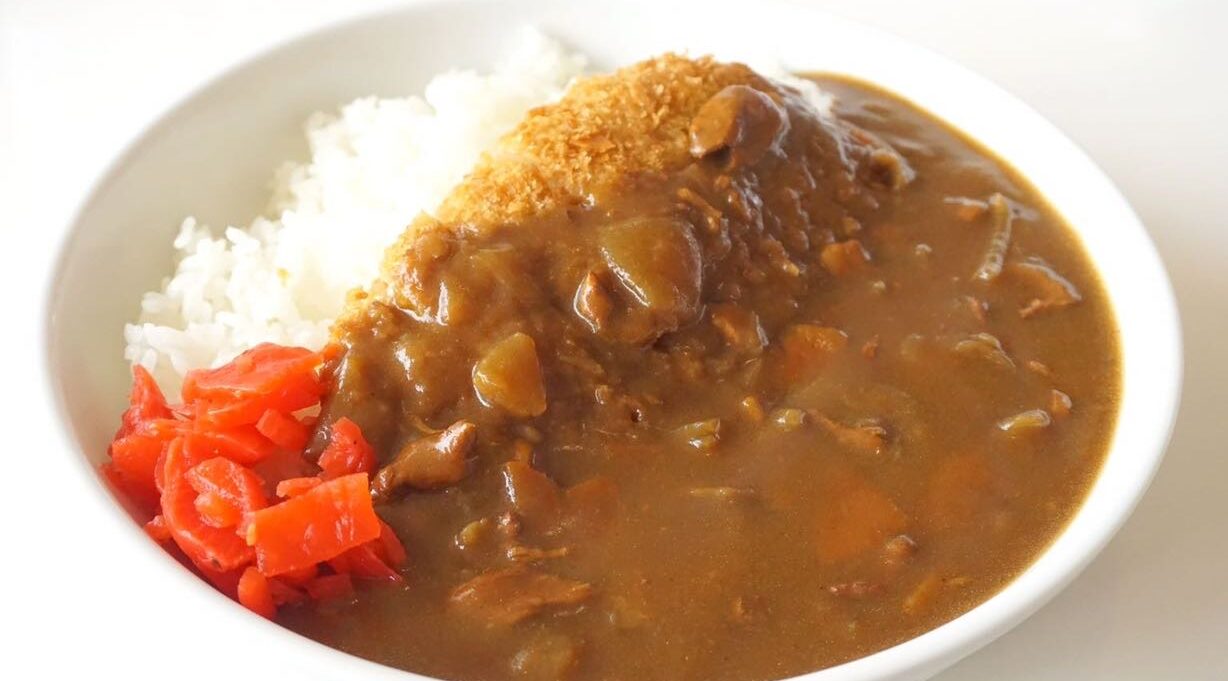
Curry rice is one of Japan’s national dishes, consisting of meat and vegetables stewed with curry.
Curry was introduced to Japan from England in 1870, and by 1876 ‘rice curry’ was eaten every other day at Sapporo Agricultural College (now Hokkaido University). In 1903, curry powder was created in Japan and over the years it evolved, with the introduction of a solid version of curry powder in 1950. This can now be commonly found in supermarkets in many countries.
- Ingredients:
potatoes, meat (any kind of beef, pork or chicken), potatoes, onions and carrots. - Seasoning:
curry powder
Cocoichi is the most famous Curry chain restaurant :
3) Chikuzen-ni
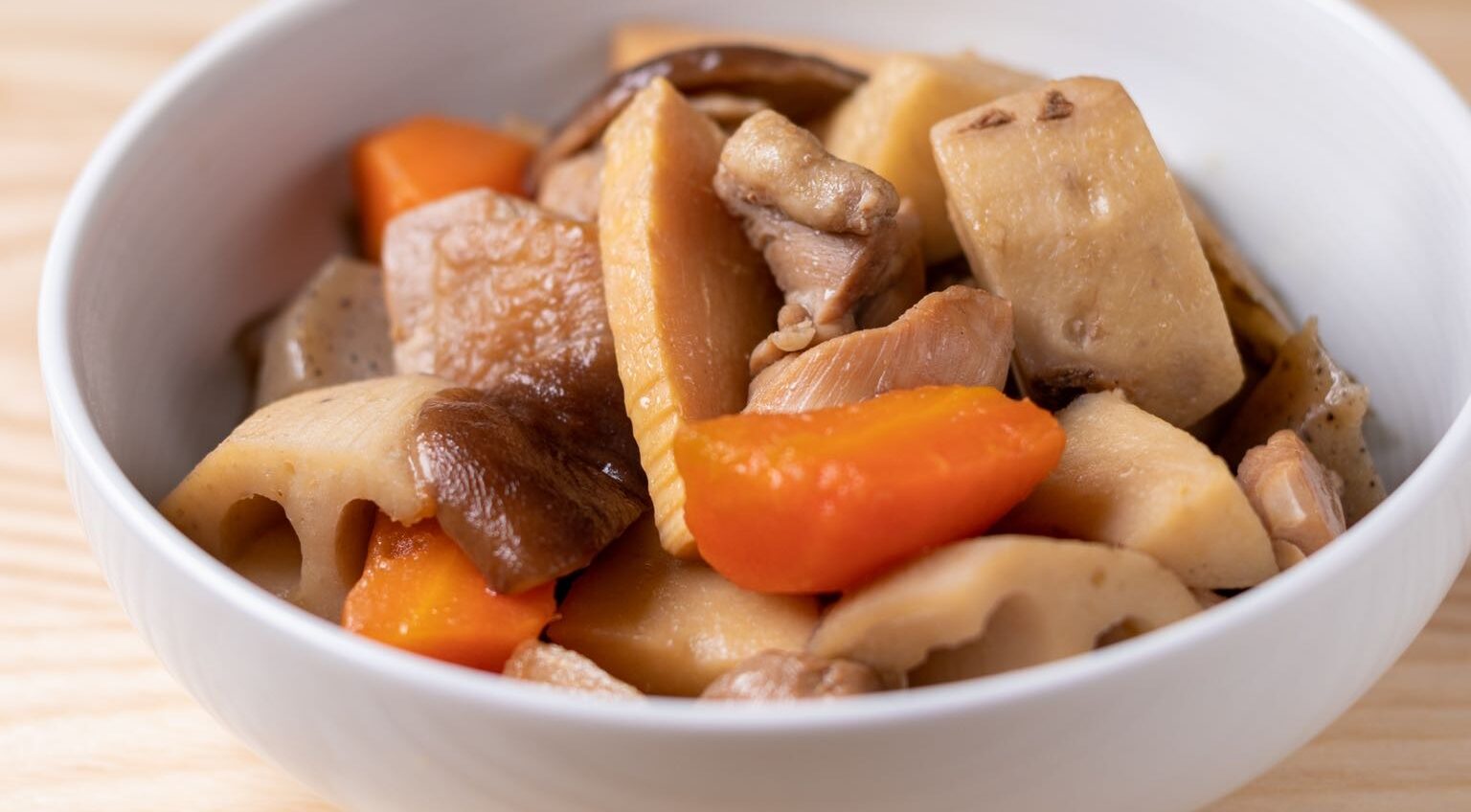
Chikuzen-ni is a stewed dish in which meat and root vegetables are seasoned and stewed with soy sauce, etc.
It is a common variant of a type of dish referred to as ‘nimono’ (Simmered food) eaten all over Japan.
It was originally a local dish of the Chikuzen region in the north western part of present-day Fukuoka Prefecture, and this is where it got its name.
What makes it different from other stewed dishes is that the ingredients are stir-fried in oil before boiling.
- Ingredients:
chicken, carrots, dried shiitake mushrooms, lotus root, konnyaku (gelatin made from konnyaku potatoes), bamboo shoots, and burdock. - Seasoning:
soy sauce, sake, sugar and mirin
4) Tonjiru (Pork miso soup)
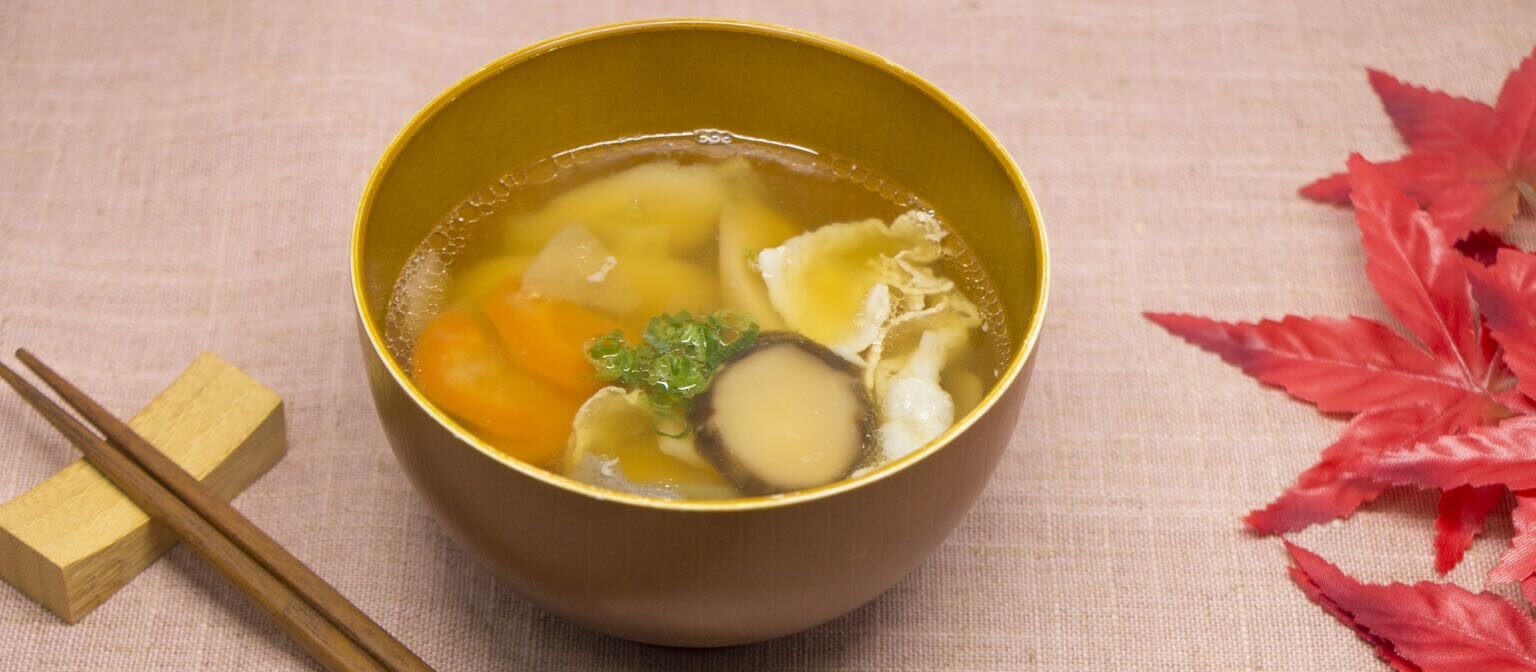
Tonjiru is a soup made of meat and root vegetables cooked and seasoned with miso.
The origin of TonJiru is unclear but it is said to have originated in the Meiji Era (1868 – 1912) or later.
It differs from miso soup in that most of the ingredients in Tonjiru are vegetables.
- Ingredients:
Pork (mainly pork belly), radish, carrot, gobo (burdock), leek and konnyaku. - Seasoning:
Miso (add more granules for a richer taste)
5) Kinpira
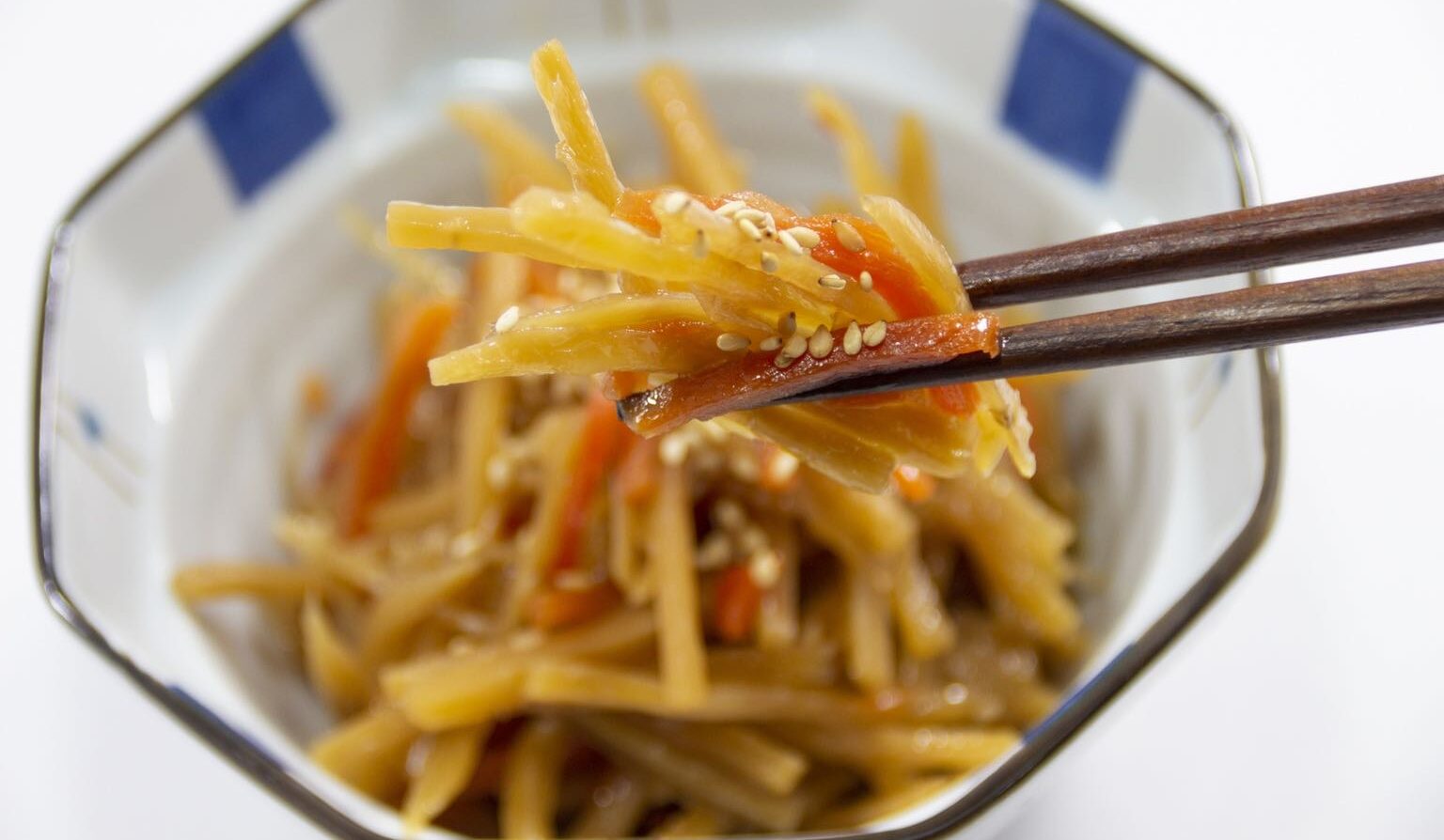
Kinpira is made from shredded gobo and carrots.
The word “Kinpira” is derived from Kintaro’s son (Sakata Kinpira) in Japanese fairy tales.
“Kinpira” has an image of strength and toughness.It has been called kinpira gobo (burdock root) because eating burdock root has invigorated people since ancient times.
- Ingredients:
Carrots, burdock root and sesame seeds - Seasoning:
soy sauce, sugar, mirin and sesame oil
6) Takikomi gohan
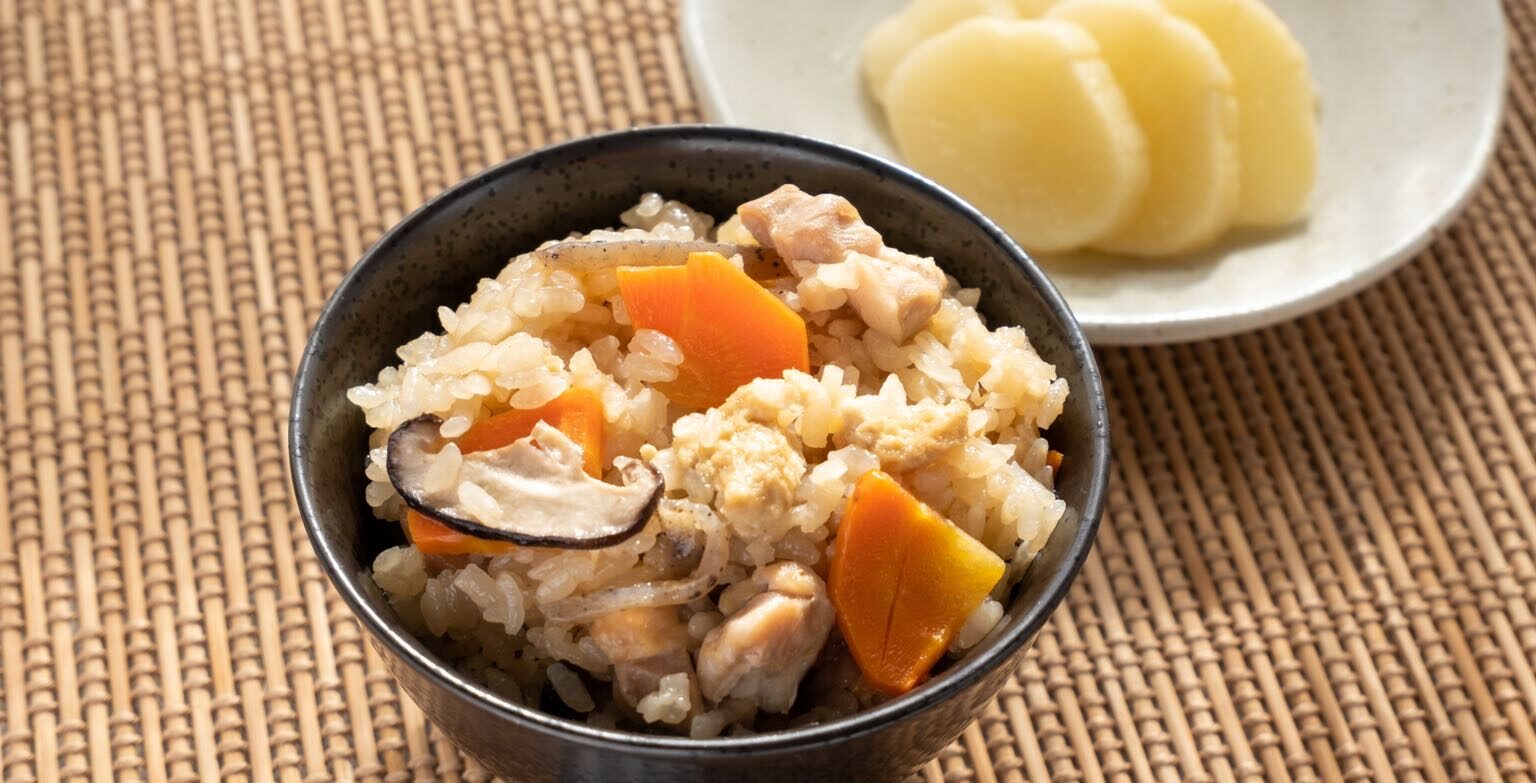
Takikomi gohan is a rice dish in which chicken, root vegetables and other ingredients are added to the rice before cooking it.
The origin of takikomi gohan comes from the Nara period (710-794) when vegetables and grains were mixed with rice in order to save money.
- Ingredients:
Rice, chicken, shiitake mushroom, carrot, gobo, konnyaku, fried tofu (thinly sliced and deep-fried). - Seasoning:
Dashi (Japanese soup stock), soy sauce, salt, sugar, sake and mirin (sweet sake)
7) Oden
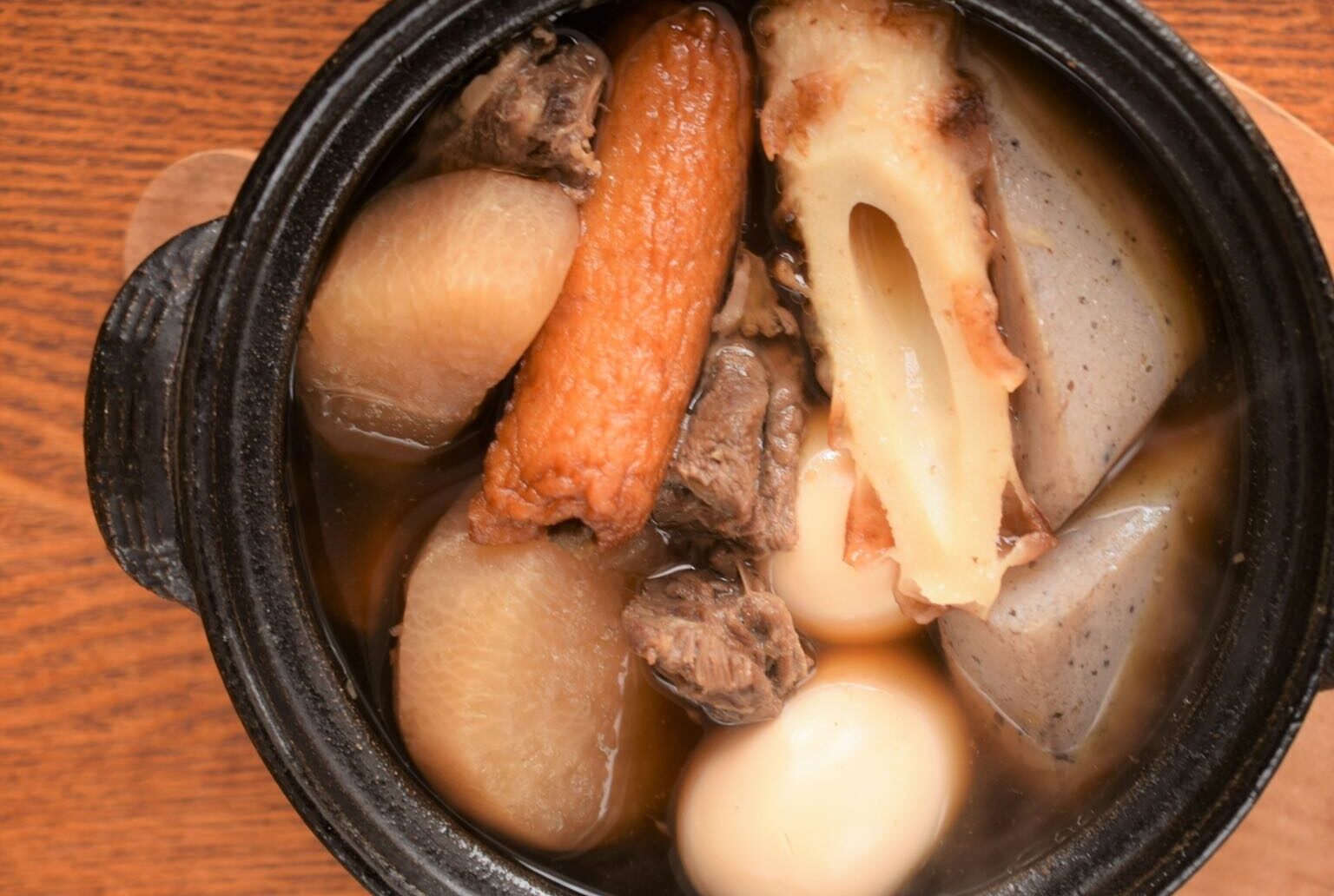
Oden is a dish made by stewing vegetables, chikuwa and eggs in a broth made from bonito flakes and kelp.
It is one of the most popular winter dishes. It originated in the Muromachi period (1336-1573), when “Tofu Dengaku”, a dish of grilled tofu skewered on a stick, became popular and was called “Oden”.
During the Edo period (1603 – 1868) oden became popular and the style of cooking changed from baking to stewing.
- Ingredients:
Radish, egg, chikuwa (fish paste), konnyaku, satsuma-age (fish meat minced and fried) etc. - Seasoning:
kombu and katsuo dashi
8) Chirashi Sushi
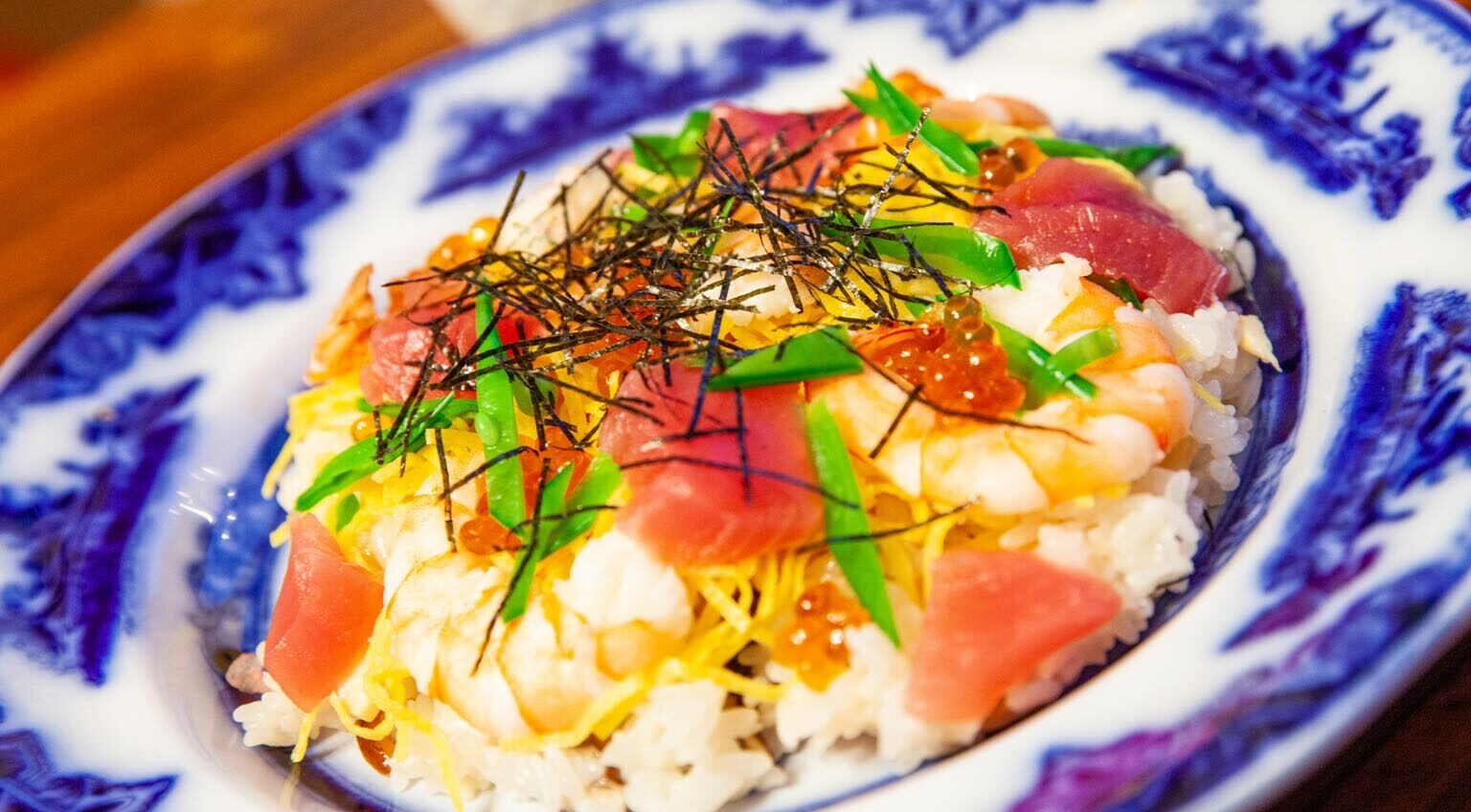
Chirashizushi is a type of sushi with seafood, root vegetables and eggs on a bed of vinegared rice.
It is eaten during the Hinamatsuri festival on 3 March to pray for the healthy growth of girls.
Chirashizushi was born in the Edo period (1603-1868).
- Ingredients:
Rice, shrimp, salmon roe, carrots, lotus root, dried shiitake mushrooms, pea pods and eggs. - Seasoning:
vinegar, sugar and salt
9) Saba no Misoni (Mackerel in Miso)
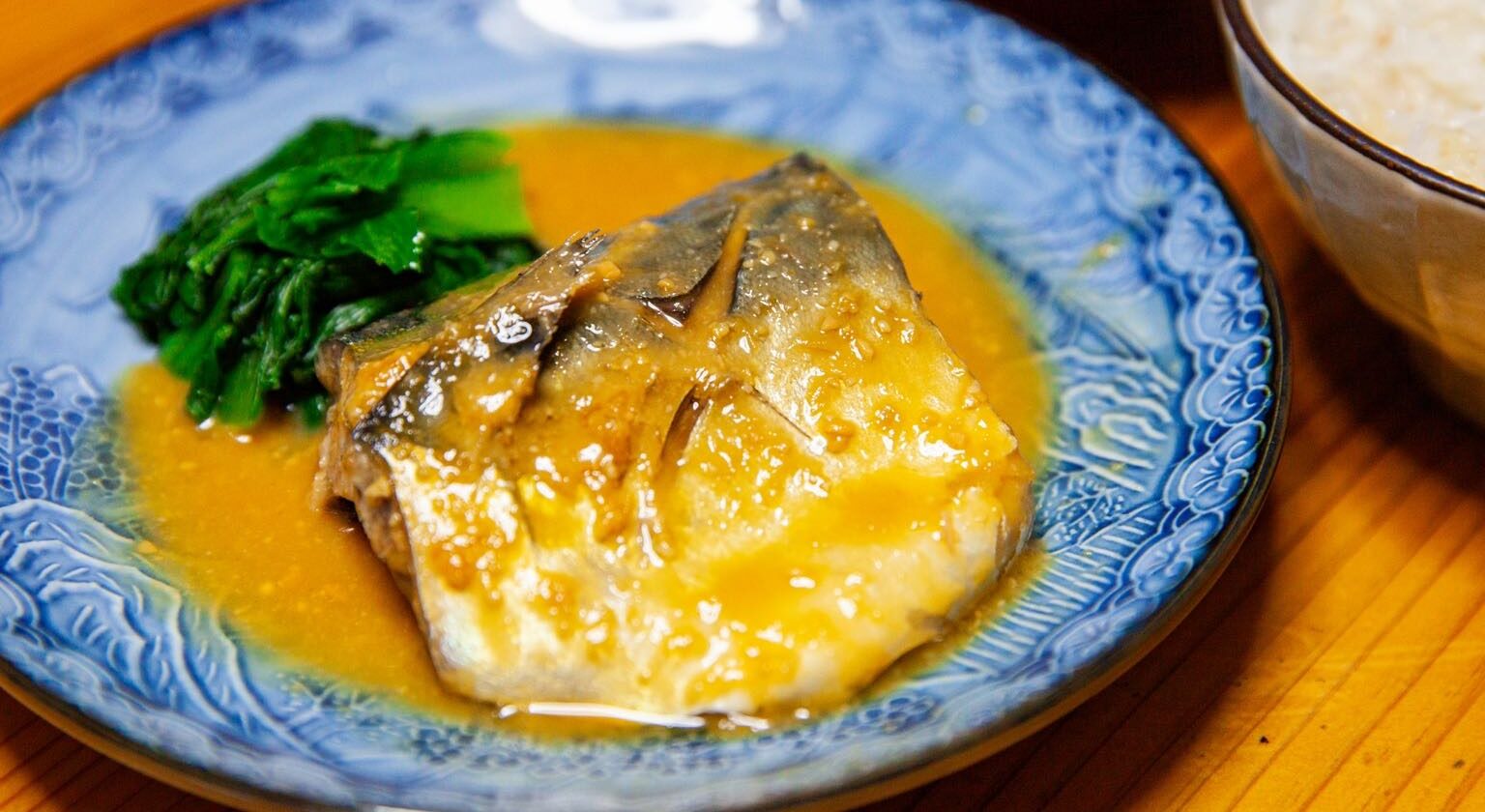
Saba-no-Misoni is a fish dish in which blue mackerel fillets are stewed with miso and other seasonings.
It is said that the dish originated from Kyushu and Tohoku.
- Ingredients:
Slice of mackerel and ginger - Seasoning:
Miso, Sake and Sugar
10) Hamburg
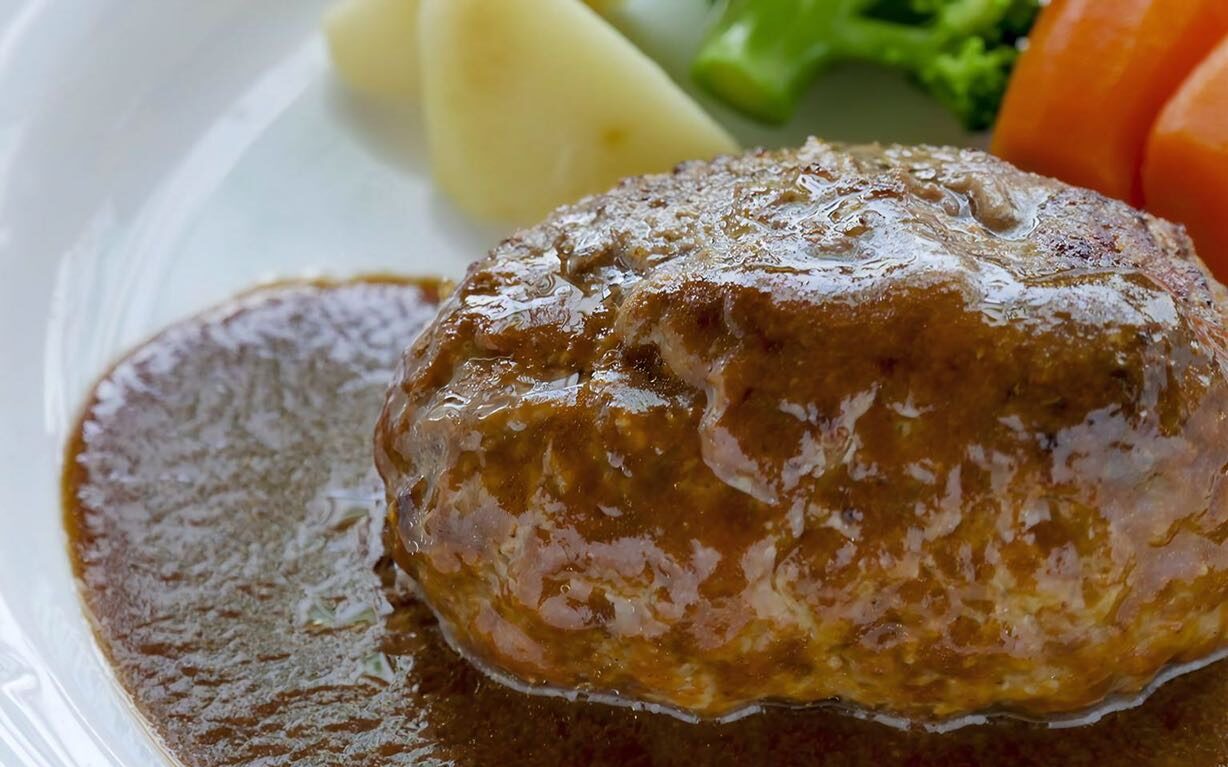
A hamburg is a mixture ground beef mixed, chopped onions, breadcrumbs, milk, and an egg baked in an oval shape (very similar to a hamburg steak in western cuisine).
It is said to have originated in Japan during the Meiji era (1868-1912) when meat eating was encouraged.
Hamburgers have been made in homes since the 1950s.
- Ingredients:
Ground beef or pork, onions, eggs, breadcrumbs and milk. - Seasoning:
Salt and pepper
Some Japanese home cooking is easy to prepare, while others take more than an hour.
The recipes are different from household to household and from region to region, so it is interesting to compare them.
Japanese seasonings such as miso, soy sauce, sake and mirin are indispensable in many of these dishes. If you are ever in Japan, you should definitely try them.


